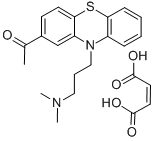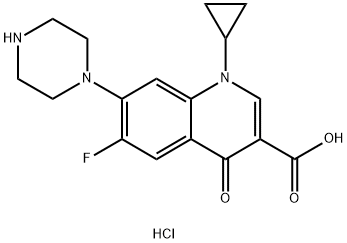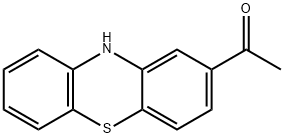Acepromazine maleate , 98%(HPLC) , 3598-37-6
Synonym(s):
2-Acetyl-10-(3-dimethylaminopropyl)phenothiazine maleate salt;Acepromazine maleate salt;Acetopromazine maleate salt
CAS NO.:3598-37-6
Empirical Formula: C23H26N2O5S
Molecular Weight: 442.53
MDL number: MFCD00082473
EINECS: 222-748-9
| Pack Size | Price | Stock | Quantity |
| 10MG | RMB79.20 | In Stock |
|
| 25mg | RMB175.20 | In Stock |
|
| 50MG | RMB271.20 | In Stock |
|
| 250mg | RMB799.20 | In Stock |
|
| 1g | RMB2399.20 | In Stock |
|
| 5G | RMB9599.20 | In Stock |
|
| others | Enquire |
PRODUCT Properties
| Melting point: | 135-136°C |
| storage temp. | room temp |
| solubility | H2O: >10mg/mL |
| pka | 9.3(at 25℃) |
| form | powder |
| color | yellow |
| Water Solubility | H2O: >10mg/mL |
Description and Uses
Acepromazine is a phenothiazine antipsychotic, analog of chlorpromazine , and a dopamine receptor antagonist. It also binds to muscarinic receptors in rat brain (IC50 = 350 nM) and inhibits contractions of guinea pig ileum induced by acetylcholine (; IC50 = 840 nM). Acepromazine inhibits morphine-induced vomiting in dogs. It also inhibits development of a conditioned avoidance response, unconditioned escape response, and catalepsy in rats (ED50s = 0.98, 3.1, and 17 mg/kg, respectively). Formulations containing acepromazine have been used as tranquilizers and anesthetics premedicant in small and large animal veterinary care.
Acepromazine maleate has been used:
- as a component of anesthesia cocktail to test its effects on behavioral changes in rats
- as a component of anesthesia cocktail to study its effects on lung resistance of rats
- as an anti-psychotic pharmaceutical agent to study its cytotoxic effects on malignant glioma in glioblastoma (GBM) cells
Safety
| Symbol(GHS) |  GHS06 |
| Signal word | Danger |
| Hazard statements | H301-H336 |
| Precautionary statements | P301+P310+P330 |
| Hazard Codes | Xn,N,T |
| Risk Statements | 22-50/53-20/21/22-43-36/37/38-23/24/25 |
| Safety Statements | 60-61-36/37/39-26-22-45 |
| RIDADR | UN 3077 |
| WGK Germany | 2 |
| RTECS | 2664-15-5 |
| HS Code | 2934302300 |
| Toxicity | LD50 orally in rats: 400 mg/kg; i.v. in mice: 59 mg/kg (Wirth) |




